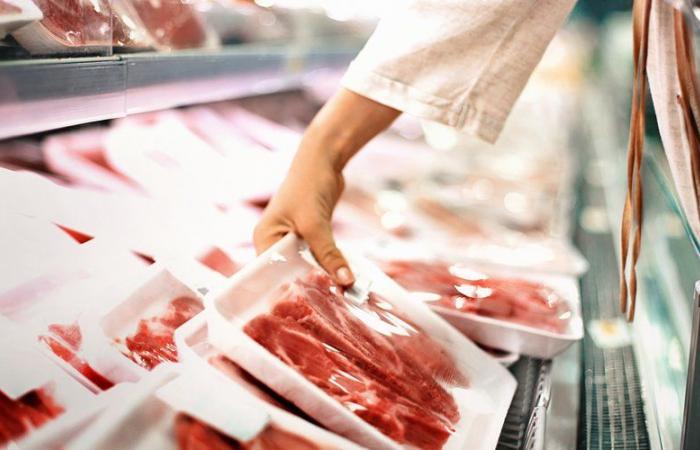
(ETX Daily Up) – The successive announcements from Carrefour and E.Leclerc hypermarkets ensuring that they do not sell meat from South America could logically raise a question among consumers: what is the origin of beef steak or chicken fillet? that they buy in supermarkets? A legitimate question to which we have decided to provide very clear answers.
“99%, we do not sell meat from Mercosur,” said Michel-Edouard Leclerc, the emblematic boss of the hypermarkets of the same name, at the microphone of the RTL-M6-Le Figaro-Public Senate Grand Jury on Sunday November 24. A few days earlier, it was Carrefour which spoke about this economic treaty binding the European Union and the alliance between Brazil, Paraguay, Uruguay and Argentina, ensuring not to market any meat produced in one of these South American countries. Remember that this free trade agreement, which provides, among other things, for the elimination of customs duties on various food products, including meat, is at the heart of farmers' discontent.
In this context of tension, and successive announcements, consumers will logically wonder where the beef steak and chicken fillet they buy comes from. Let us first of all remember that a mention, labeled “Origin France”, allows you to know that a piece of beef comes from an animal which has been raised, slaughtered and packaged in France, recalls Interbev, the inter-professional association of livestock and meat.
A whole range of logos has been developed to highlight the tricolor origin of pork, rabbit and lamb. Otherwise, or when in doubt, simply read the label carefully to check the indication of origin which is obligatory for pre-packaged meat of the porcine, sheep and goat species, as well as for poultry. The Ministry of the Economy also reminds that the places of breeding and slaughter are also obligatory, but not the place of birth.
Imported meat accounts for more than 30% of consumption
As for whether the steak on our plate is French or foreign, the economic summary published by FranceAgrimer last June is clear: “the decline in consumption in 2023 is accompanied at the same time by a decrease at the same rate in total meat imports into France”. However, the share of imported meat concerns on average more than 30% of total meat consumption. It is in the beef section that we eat the least foreign steaks, since the share of imports represents around 25% of total consumption.
Remember that France is the leading producer of beef in Europe, but it also imports from the Netherlands and Ireland. Fillets and steaks that come together both in mass distribution and in collective catering meals. To give you an idea, in the first quarter of 2023 alone, 85% of beef imported into France came from Europe, indicated the agricultural magazine Réussir. The UK accounts for the majority of tracks considered non-EU. By comparison, Brazilian meat only took up 1.3% of market share. And between January and November 2023, imports from the country of Corcovado even fell by 34% in volume, compared to the same period a year earlier, still according to Succeed.
On the other hand, the trend is completely different when it comes to sheep and pork meat. Nearly 60% of the pieces of lamb and sheep consumed by the French were imported in 2023, according to FranceAgrimer. The United Kingdom is one of France's main suppliers.
As for chicken meat, the inflationary context of which has stimulated its popularity due to its more accessible prices than the rest of the meat section, half of the fillets, thighs and other pieces were produced outside the French borders. While this type of consumption has doubled in the space of twenty years, the French eat largely chicken from Belgium and Poland.
However, pork remains the most consumed, even if the trend is downward (-3.7% compared to 2022). The share of imports stood at 29%, down slightly due to the decline in arrivals of goods of fresh, chilled, frozen pork, pork fat, but also salted-smoked pork.
Finally, let us remember that, however, the French eat less meat than in the past – a summary note from FranceAgriMer published last June indicated a decline of 19% over the last twenty years. On average in France last year, each inhabitant consumed 83.5 kg carcass equivalent (kgec), compared to 85.1 kgec on average each year between 2013 and 2022.





